A lot of folks hit the age of 40 and decide to buy a sports car or get a divorce, says Simon Haldrup, co-founder and CEO of soil-carbon startup Agreena.
Finding neither prospect appealing, Haldrup turned his attention instead to his career, where he had spent the last decade-and-a-half in finance. “I had a really clear vision of wanting to spend the rest of my career driving impact,” he tells AgFunderNews.
That path eventually led to co-founding Agreena, a platform that helps farmers to plan, track and validate their transitions to regenerative agriculture practices that store soil carbon. The idea is to help farmers build a revenue stream and overcome technical barriers associated with regen ag.
And not all those barriers are the same. Small- and medium-sized farming operations face a completely different set of challenges and risks than the big ones when it comes to transitioning. Below, Haldrup (SH) breaks down what those are, how he defines “impact,” what keeps him awake at night, and why you should never let a good crisis go to waste.

AgFunderNews (AFN): What is your background and how did you land at Agreena?
SH: I was a late joiner to the dot.com party and built a health tech company in Portugal — it’s not my proudest business model. Then I spent 14 years in financial services, so I’ve done more or less everything you can do at a certain level in the bank.
Then I hit that inflection point I think a lot of people come to in their working life, which is the will to deploy the most valuable asset we have — time — into creating impact. For me, it was that 40-year crisis. At least in Denmark, people buy a red sports car or get divorced. I didn’t fancy doing either, but I had a really clear vision of wanting to spend the rest of my career driving impact. That is, in essence, why I’m here.
AgFunderNews (AFN): How do you define impact?
SH: There are four verticals: energy transition, transportation, construction, and food and ag.
For food and ag, we haven’t gone far beyond “eat less red meat” [in terms of impact]. Food and ag is also the hardest to abate because it’s such a fragmented problem and solution model.
AgFunderNews (AFN): Why did you choose to focus on regen ag?
SH: I studied engineering back in the day, so for me it was simple: How can we actually take carbon out of the atmosphere and store it in the soil? That’s a super fragmented problem, and the only way to do that — both the mobilization and the measurement and verification — is through technology and platforms.
There’s also a lot of fintech you can apply and that’s what [Agreena] has done.
My logic was, “this has to be farmer centric” because they’re the ones who have to do all the heavy lifting. Farmers are generally a difficult crowd to mobilize, especially around technology. My two fantastic co-founders, Ida [Boesen] and Julie [Koch Fahler], had just started a company called Commodity Trader, which was a marketplace for grains. Then I joined and we pivoted the company into what we are now.
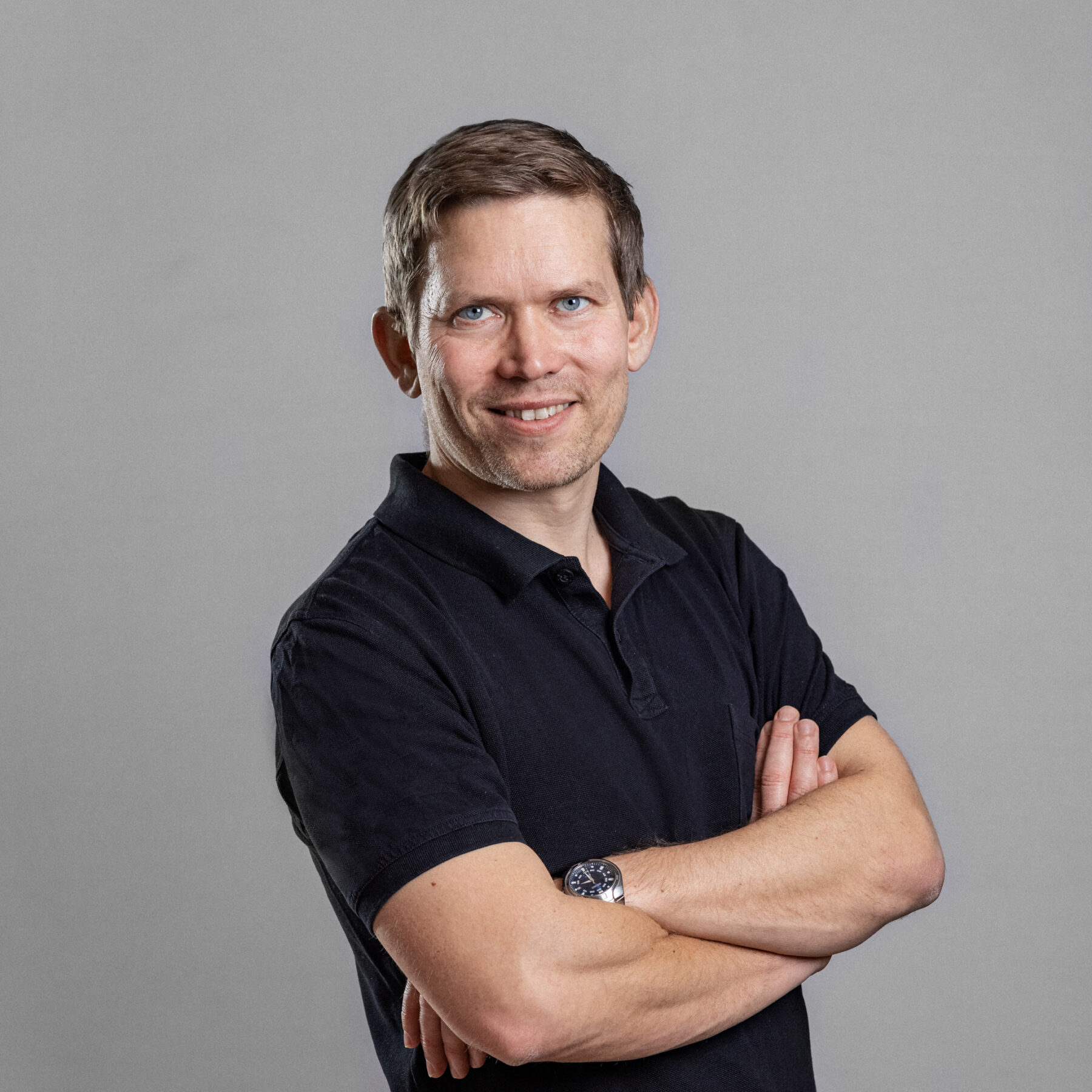
AFN: What has Agreena been up to since the Series B raise in 2023?
SH: Our approach all the way has been to build a lot of vertically integrated technology because otherwise we cannot control the rigor of the outcomes, and we cannot make it simple enough for the farmers.
That is why we bought Hummingbird Technologies back in 2022, to be able to vertically integrate and lower the cost of verification, and to make it simple and rigorous enough.
Recently we acquired Fifth Module, [which will let us] integrate a little bit further back into the operating system of the farmer and make it easy enough to use for farmers.
We’re also really starting to get global, so we are now covering more than 2 million hectares — that’s the size of Slovenia. And we’re going quite broad in Europe, but also starting to look at both South and North America now.
There’s a lot that’s moving fast: carbon credit, Scope 3, insetting and so on. We’ve morphed out to support those different solutions, with the farmer at the center.
AFN: You’re also offering tools for corporates around monitoring and measuring, and Scope3 emissions?
SH: We are indeed and that’s out of the same logic. The whole ecosystem of agriculture needs to change. That goes for supply chain players of different kinds, it goes for governments, etc. So what we’re trying to do is to wrangle up all those different needs and monetize that for the farmers.
That’s why we’ve built solution for Scope3, so we can help corporate, CPGs, traders, etc. both measure their Scope3 emissions and incentivize farmers to adopt new practices.
AFN: What are the biggest barriers to more farmer adoption of regen ag?
SH: It’s all a subset of an economic problem and it’s segmented because very large farmers do not have the same issues as the medium and smaller farmers.
For very large farmers, it’s an ROI perspective. It’s a three- to five-year transition with a positive operating profit outcome. So what they’re looking for is additional revenue streams to make a positive business case. Whether it’s new machinery or additional operating lines, they have the capex and opex to do it, and that’s why carbon credits work extremely well for the very high-end segment.
If you go to the small-farmer segment, it becomes a liquidity and investment problem.
So if I’m a smaller farmer and I have to buy a no-till machine or a direct drill and so on, that might be the biggest barrier. It’s actually risk that’s the biggest problem [for the smaller farmer]. How big of a dip could I potentially see if I’m adopting these new practices in the first year, before the soil adjusts to a new normal?
One of our farmers told me, “You cannot be green if you’re in the red.” I repeat that over and over again.
The smaller farmers are planning for a one-year horizon, and regenerative ag is a multi-year transition.
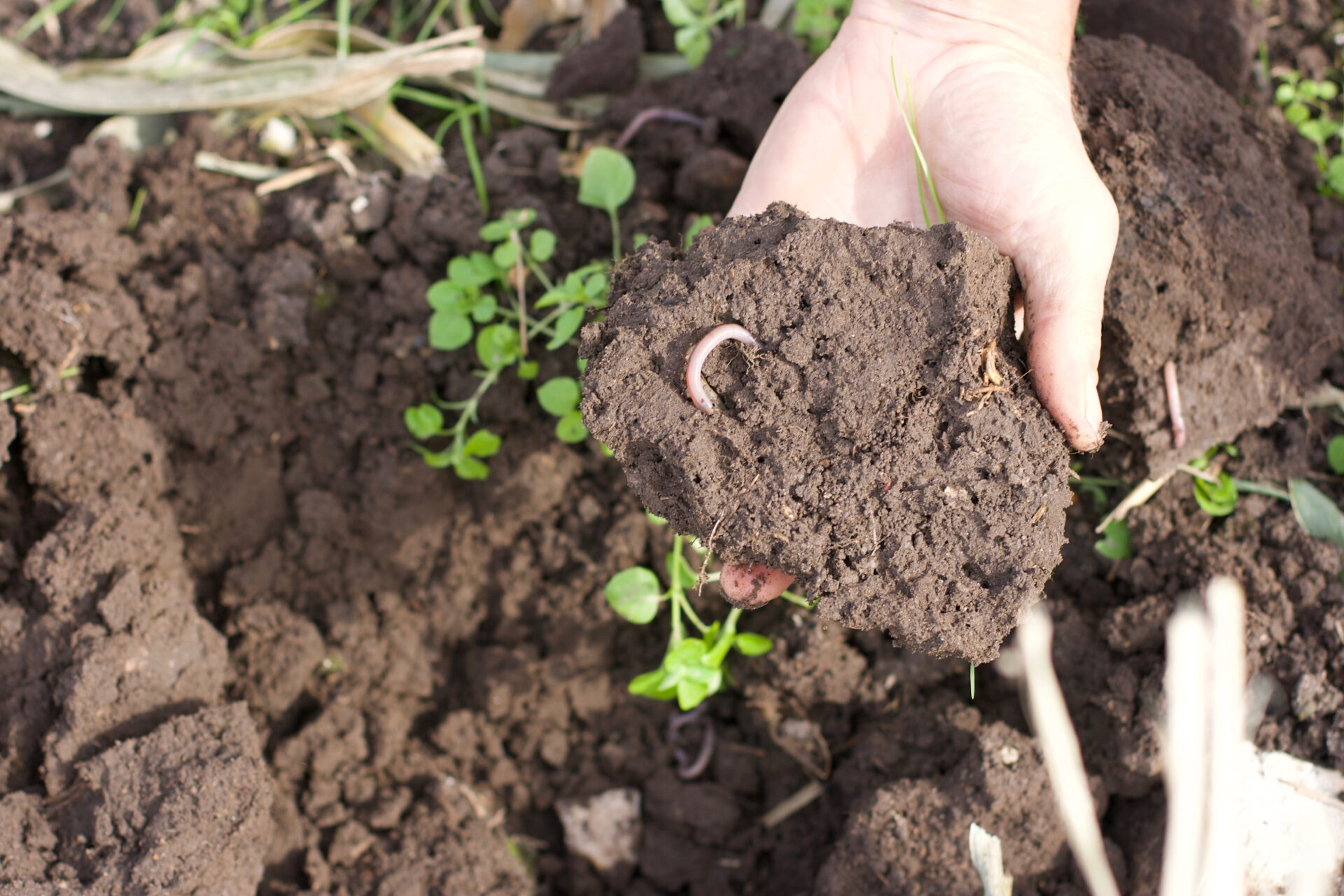
AFN: What keeps you up at night?
SH: A lot of bigger operations have seen the logic [around doing regenerative agriculture]. It’s a pure business, financial logic, and they’re starting to plan for adaption. It’s just good business logic. That kept me a little bit awake two years ago, whether [regenerative agriculture] is just a fringe movement for the upper segment. I’m not worried about that anymore.
I’m much more worried about the long tail of the farmer distribution for the medium and small sized family farms because they have a completely different barrier to overcome. They don’t necessarily have an in-house agronomist. They don’t have the liquidity, their risk margin is super narrow.
That requires a much broader mobilization of the ecosystem. That’s why we’re working with banks to help create a better access to operating lines to absorb some of these things. We’re also starting to work with insurance companies on creating a new type of yield insurance [for crops].
All of this needs to be bundled into a quite predictable, simple revenue and risk mitigation stream for the farmers. And my big worry is that there’s so many changes coming along and it takes a long time to actually reach the farmer.
AFN: What’s next for Agreena?
SH: “We’re constantly breaking all the startup rule books by the number of priorities we’re managing at the same time. But it’s also a very big agenda and a big ambition. We’ve been working on a Verra certification, and we are on the last stretch of that. We’re also expanding globally.
The next thing is to go beyond carbon credits. We are trying to create better access to financing and cheaper financing so we’re able to create supply chain premiums and crop insurance products. We’re basically working on an expansion into a kind of multi-product offering and then getting the certification fully in place.
AFN: What’s a big lesson you’ve learned along the way?
SH: If there’s one thing I learned in a financial crisis, it’s never a waste a good crisis. I also think there’s something about thick skin. I sat in the middle of the liquidity crisis when Lehman [Brothers] broke. If you’ve done that, then a few bumps along the way are just smaller. Having a relativity reference point actually helps in that aspect.
After we raised our Series A, our big growth markets were large farmers in Ukraine and Russia. That was 30 days before the war broke out. We had to change our entire market strategy more or less overnight.
That adaptability is super important. Also, as we grow [it’s important] to keep that really intrinsic in the culture because we’re still operating in a very blue ocean market and the rules are changing all the time. Being able to adapt as a company but also bring farmers along on that journey is super important.
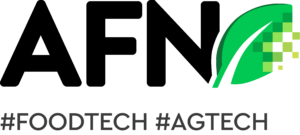
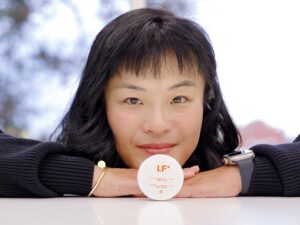

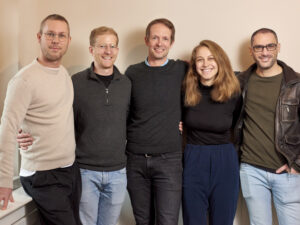


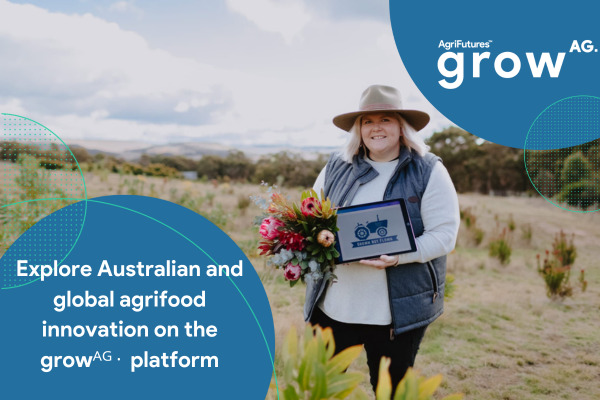

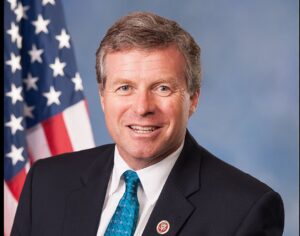





Sponsored
Sponsored post: The innovator’s dilemma: why agbioscience innovation must focus on the farmer first